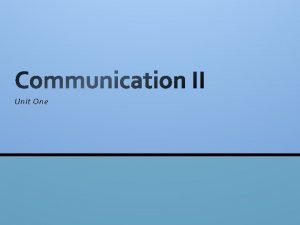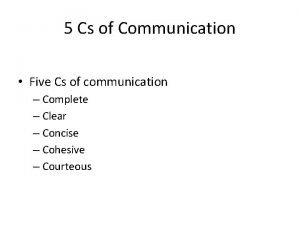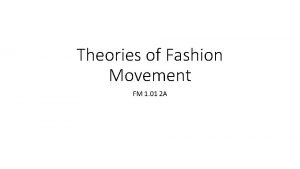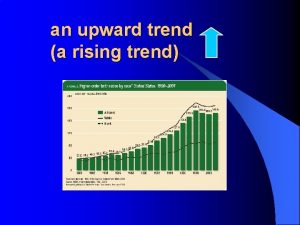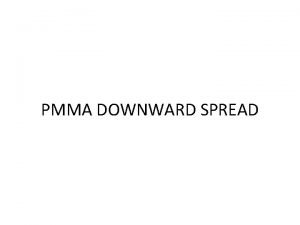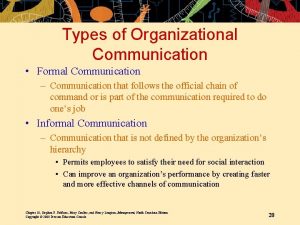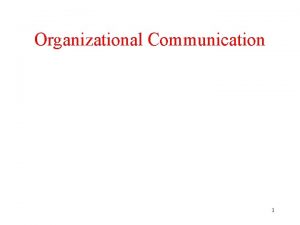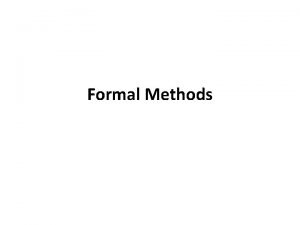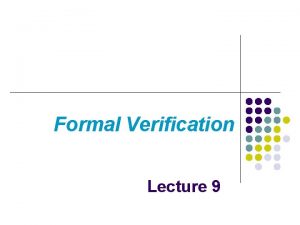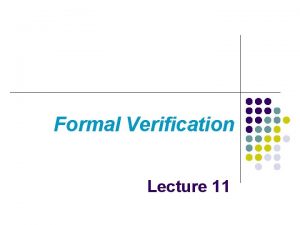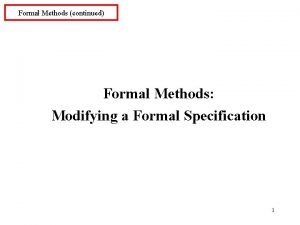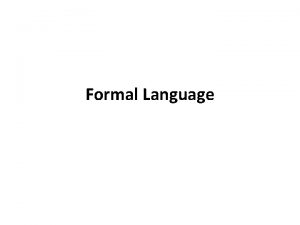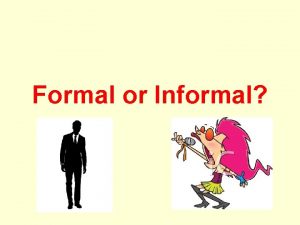Chapter 2 Organizational Communication Formal Communication Downward Communication










- Slides: 10

Chapter 2: Organizational Communication

Formal Communication • Downward Communication – Flows from supervisors to subordinates • Upward Communication – Flow from subordinates to supervisors • Horizontal Communication – Flow laterally between people of the same rank • Empowered teams have the power to make decisions

Informal Communication • Many messages flow from an informal network called the grapevine

Coordination of People and Groups • Mutual adjustment – Involves horizontal communication between peers who meet face-to-face to make work related decisions. • 1 -12 employees • Direct Supervision – Occurs when members do not make all their own decisions, instead, a supervisor has the authority to organize and direct their work. • 12 -50 employees • Standardization – is specific, written standards for tasks, output levels, skills and workplace norms. • 50+ employees

Organizational Models • • • Traditional Human Relations Human Resources Systems/Contingency Transformational

Traditional Model • Key Theorists: Fredrick Taylor, Henri Fayol, and Max Weber. Fayol and Weber believed in division of labor, the way an organization parcels out the work to be done. • Focus of Theory: Scientific—concern with reducing production costs; Bureaucratic—concern with administrative efficiency. The foundation of bureaucratic theory was organizational structure, the formal patterns of relationships and roles needed to get tasks accomplished. The bureaucratic theorists also believed in span of control, referring to the number of employees that a manager can effectively supervise. • View of Communication—limited communication; restricted to downward use by managers—the chain of command. • Bureaucratic theorists distinguished between flat and tall organizations. Flat organizations have decentralized decision making and fewer levels of the hierarchy. Tall organizations have multiple levels and centralized decision making.

Human Relations Model The Human Relations Model • Theorists: Elton Mayo (Hawthorne Studies) and Chester Barnard • Focus of theory—concern with social and psychosocial needs of employees. • View of communication—downward supportive communication important; informal communication acknowledged.

Human Resources Model • Focus of Theory—Equal emphasis on workers and management, a team-based orientation. • Notable Theorist: Douglas Mc. Gregor • View of communication – openness and trust in superior-subordinate communication very important – information and feedback flow freely up, down, and across the organization – informal communication encouraged

Systems/Contingency Model • Focus of theory—concern with the organization as a whole. • Notable Theorists: Daniel Katz and Robert Kahn • View of communication- All types of communication and feedback are essential—even one person can affect the entire organization, used to build and maintain corporate culture. Culture is the patterns of belief and expectations shared by the organization’s members, which produce norms that shape the behavior of individuals and groups in the organization. • Open system has flexible boundaries that allow communication to flow easily in and out of the organization. • Boundary Spanners gather useful outside information to help with decision making, protect against external threats, control the dissemination of information, and present a good impression to outsiders.

Transformational Model • Focus of theory—concern with information technology and flexibility of decentralized structures. • Theorists: Marshall Poole, Linda Putnam, & D. Seibold • View of communication—all types of communication important, but horizontal communication among and between teams is essential, as is knowledge of interpersonal relationships. Virtual organization is generally a temporary venture among several companies, each with a special expertise or process specialty.
 Five purposes of communication
Five purposes of communication Diagonal communication
Diagonal communication 5cs of communication
5cs of communication Formal channels of communication
Formal channels of communication Why is aggregate demand downward sloping
Why is aggregate demand downward sloping Downward flow theory fashion examples
Downward flow theory fashion examples Downward arrow technique
Downward arrow technique Downward sloping demand curve
Downward sloping demand curve Downward closure property in data mining
Downward closure property in data mining Short run shutdown point
Short run shutdown point Upward trend graph
Upward trend graph
